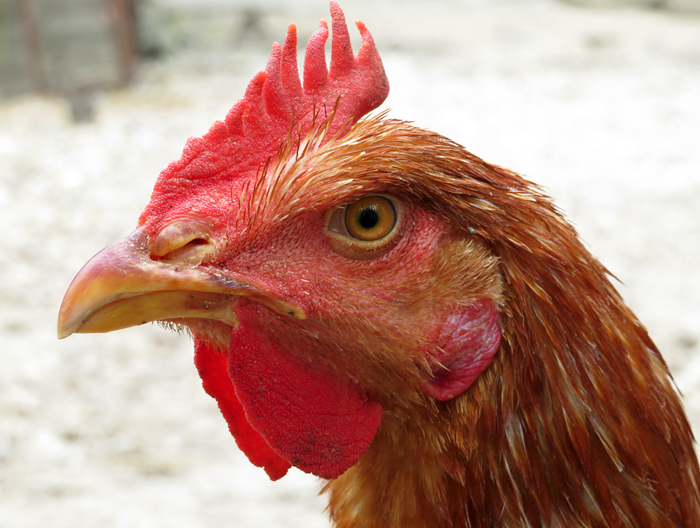WE'LL NEVER KNOW what all has been destroyed in the Amazon rainforest. This is true on botanical and medicinal levels as well as a cultural one, since the intrusion of colonization long ago began laying waste to unique expressions of nature and culture before they could even be recorded. Colombian director Ciro Guerra focuses squarely on this violation—and its many implications—in the mesmerizing Embrace of the Serpent. To horrifying—and sometimes psychedelic—effect, Guerra sheds light on atrocities and anomalies that took place in the Amazon in the early 20th century.
Based on true events, Serpent splices together two parallel timelines, each featuring Karamakate, shaman and lone survivor of his tribe. In his younger iteration, circa 1909, the defiant Karamakate (Nilbio Torres) reluctantly aids ailing German scientist Theodor Koch-Grunberg (Jan Bijvoet) in his quest for a sacred healing plant called yakruna. More than 30 years later, another scientist, Richard Evans Schultes (Brionne Davis), an American, follows Koch-Grunberg's footsteps back to an older Karamakate (Antonio Bolivar), again in search of yakruna.
Though symbolically central to the film's climax, Serpent is less about this plant than the dual journeys in search of it, through which we encounter both the immediate and long-term effects of colonial intervention. Most pervasive are the ravages of the rubber trade, used as justification for the enslavement and brutalization of the Amazon's native peoples. Also destructive was the strident introduction of Christianity (a sequence set in an enclave of orphaned children held captive under the violent direction of a half-mad missionary is one of the film's most unsettling). Later, when Schultes encounters the grown-up versions of these children—now practicing their own mutant, self-destructive religion—there are strong shades of Apocalypse Now.
Filmed in muted black and white and laden with mystery, Serpent is artistically elegant and relevant film activism. Its condemnations may focus on the past, but they easily transfer to the present—and the future. If there was a sacred plant that could stop mankind's self-destructive tendencies, it's probably already extinct.


















